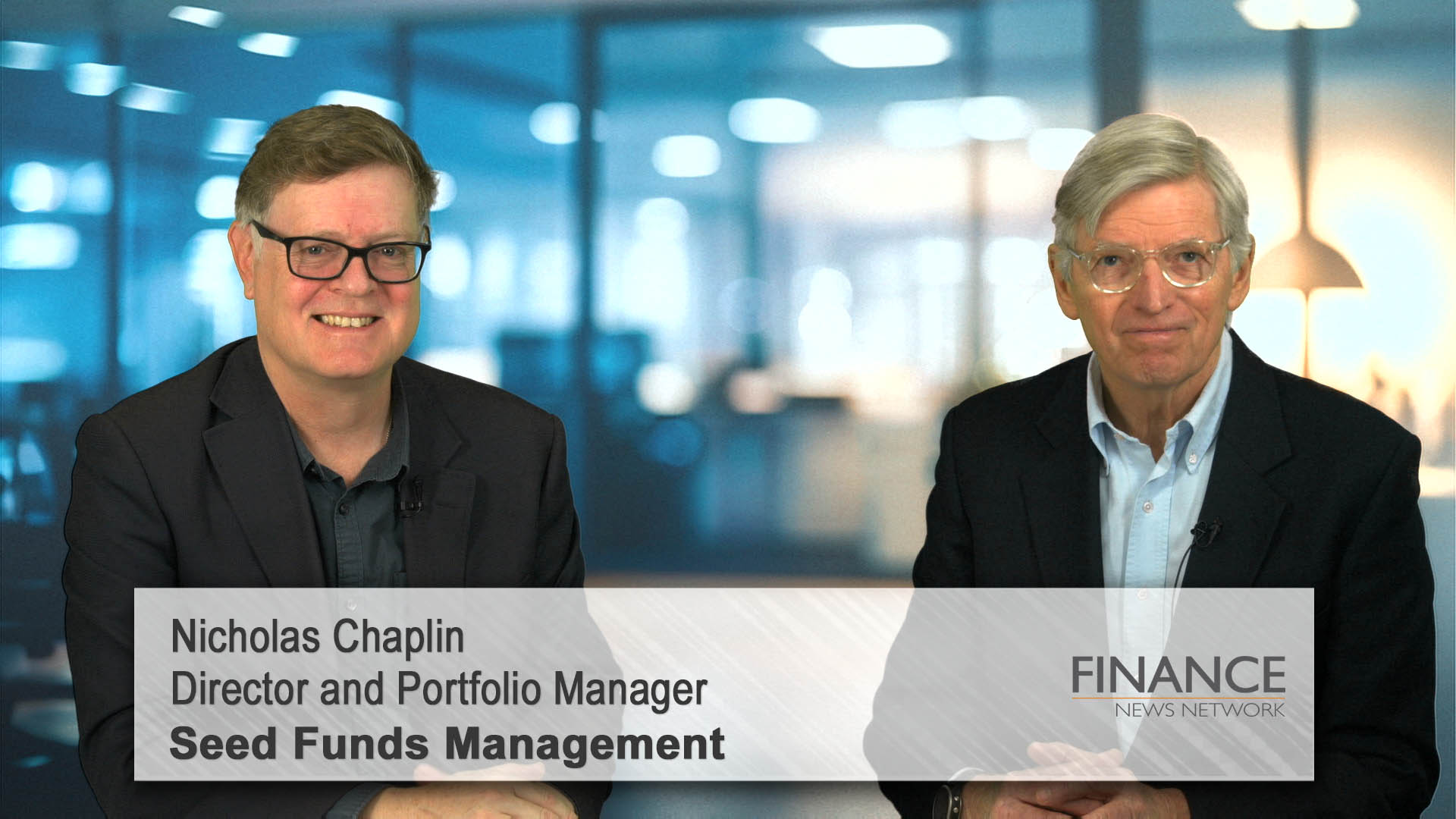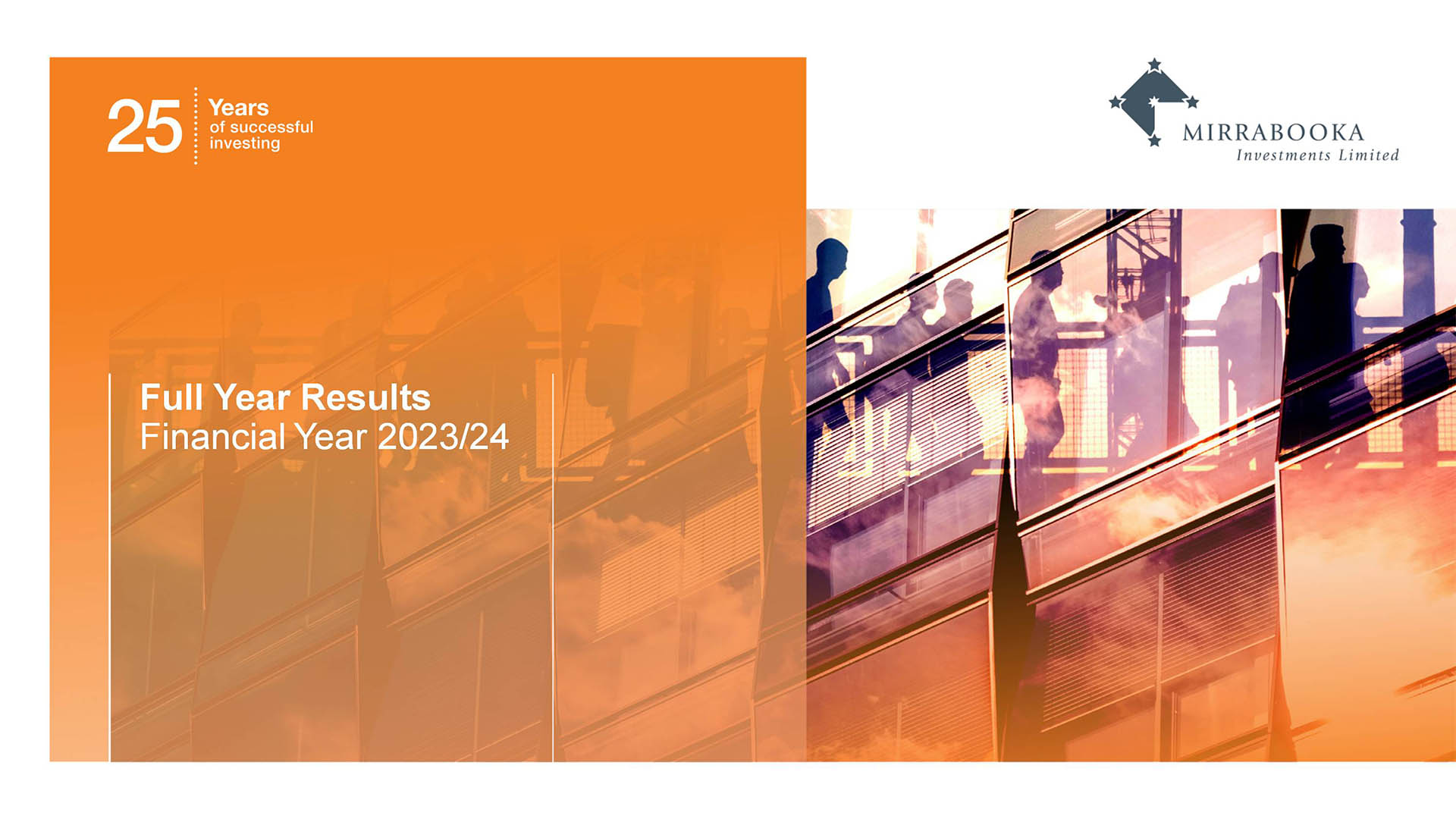Developments in the United States with Biden’s presidency, and the status of the COVID-19 vaccine globally, will have a key influence on markets in 2021, and there is quiet optimism with long-term investment themes and insights remaining intact, according to Bennelong boutiques Kardinia Capital, 4D Infrastructure and Quay Global Investors.
Kardinia Capital portfolio manager, Kristiaan Rehder, says he is optimistic on the outlook for the Australian market, with a few provisos.
“As we know, markets don’t move in a straight line and there are a number of things we are keeping our eyes on.
“First are events in the US following the presidential election. In the lead-up to the election there was a huge amount of uncertainty which saw money come out of the market. This was more due to the desire for a clear outcome, rather than views on who would win the election. While the incumbent is still challenging the outcome, markets have looked through this and we are seeing a lot of cash coming back into the market.
“A significant development has been US President elect Joe Biden’s announcement of his COVID-19 advisory panel. Several of the members are already talking quite openly about the potential for state-by-state lockdowns, which is a risk factor for markets to consider.
“Secondly, we are watching investor sentiment which is currently elevated. History has shown us that when sentiment is high, it’s a good time to take a more cautious stance.
“Third is the vaccine development. Recent announcements on this front have clearly been great news, but we are keeping in mind the huge effort that will need to be made from a manufacturing and logistical supply chain viewpoint, before any vaccine will have an impact. It will take time.”
But he says jurisdictional responses to the unprecedented economic impact of COVID-19 have been strong.
“Central bank support, including QE, will certainly underpin markets going forward.
“We are also starting to see markets and companies open up. Despite the issues in Europe with a second or even third wave, countries such as Germany are using a much more targeted approach than they did during the first phase of the pandemic. There is increasing momentum to open up, and this will continue to provide a tailwind for stocks locally that will benefit, such as Qantas, Flight Centre and Star Entertainment.”
4D Infrastructure’s Sarah Shaw remains positive on the opportunity for global listed infrastructure in 2021 and beyond.
“While the pandemic will likely prevail longer than was hoped, we believe the global economy will ultimately emerge stronger for the experience. The pace of recovery was always going to be dependent on the policies undertaken during the crisis. Fortunately, the economic response from governments and central banks around the world has been massive and continues to grow, which is supportive of a recovery.
“The huge amount of fiscal and monetary stimulus is still to be fully felt in economic terms, with a big chunk of that spending focused on badly needed infrastructure investment around the globe, including the energy transition. In fact, once we move past the worst impacts of the virus and the world’s economy returns to a more stable environment, infrastructure in all its forms will be essential to the global economic recovery and returning society to a ‘new normal’.
“We believe there is no global growth recovery without roads, railways, pipelines, power transmission networks, communication infrastructure, ports and airports.”
In the meantime, she says, infrastructure can be positioned to capitalise on the prevailing environment.
“Infrastructure has two distinct and economically diverse sub-sectors – User Pays and Essential Services (or utilities). Active management of these two sub-sectors allows you to position an infrastructure portfolio for all stages of the macro and market cycle. Essential Services are a fundamental safe haven in weak economic environments (like 2020), while User Pay assets are correlated to growth with an inflation hedge (the recovery).”
Looking beyond COVID-19, she says the long-term infrastructure growth thematic remains intact and has actually been enhanced by COVID-19.
“Quite separately to the COVID-19 response, replacement spend, population growth, environmental considerations and demographic trends (especially the emergence of the middle class in emerging markets) will all drive infrastructure spend over coming decades.
“COVID-19 has not changed this, but rather has enhanced the opportunity – government stimulus programs are fast-tracking infrastructure investment, increasingly stretched government balance sheets will see a greater reliance on private sector capital, and a currently low interest rate environment is supportive of infrastructure investment and valuations.
“But for equities to continue to rally we need to see a COVID-19 vaccine approved and effectively deployed around the world. This remains a risk to equity market recovery. Another risk is that governments and central banks prematurely take their feet off the ‘Go’ pedal before the global economy has the opportunity to properly get back on its feet.
“Regardless, significant value has emerged across the infrastructure universe. The COVID-19 ‘event’ will, we believe, prove to be a huge buying opportunity sector wide and the market will recover strongly once contained.”
Chris Bedingfield from Quay Global Investors says that while listed real estate had been particularly negatively affected by the COVID-19 outbreak and lockdowns, there are already signs that the headwinds are being reversed.
“Real estate companies were impacted not just by the lockdowns, but also by being asked by governments to shoulder some of the burden of the economic impact – such as cutting rents to affected businesses.
“A successful vaccine should help to reverse some of these headwinds, and we are already starting to see this priced in to some sectors.
“In addition, there have been some winners during 2020 from the lockdown, such as data centres, self-storage, industrial property and single family homes, although some of these sectors aren’t as common in Australia.
“Our view is that the real estate sector is under-priced and there will be good opportunities in 2021.”
He also flags the importance of the monetary and fiscal stimulus program efforts from governments and central banks.
“This is providing a permanent repairing of household balance sheets, which will reverberate long beyond 2020. Effectively the stimulus packages are setting up consumers for the next few years.
“We are already seeing the effect of this in house prices, which have been holding up extremely well – not just in Australia, but also in the US and UK. We will also see this flow through to the retail sector.”













